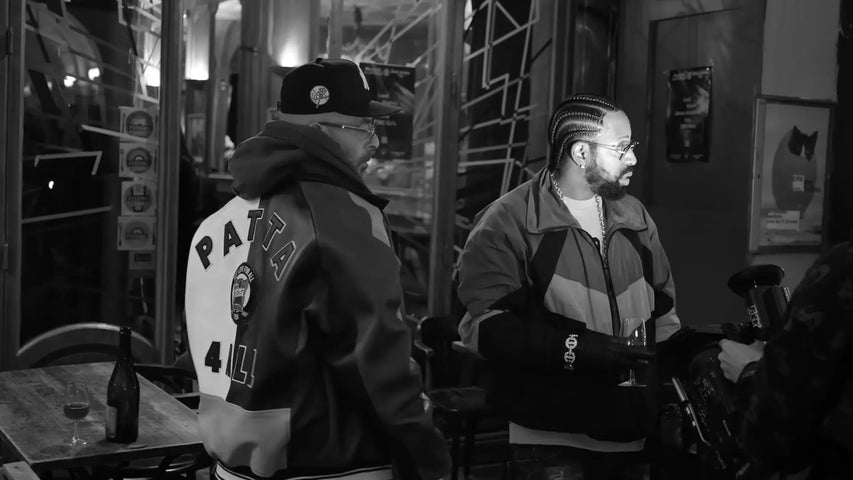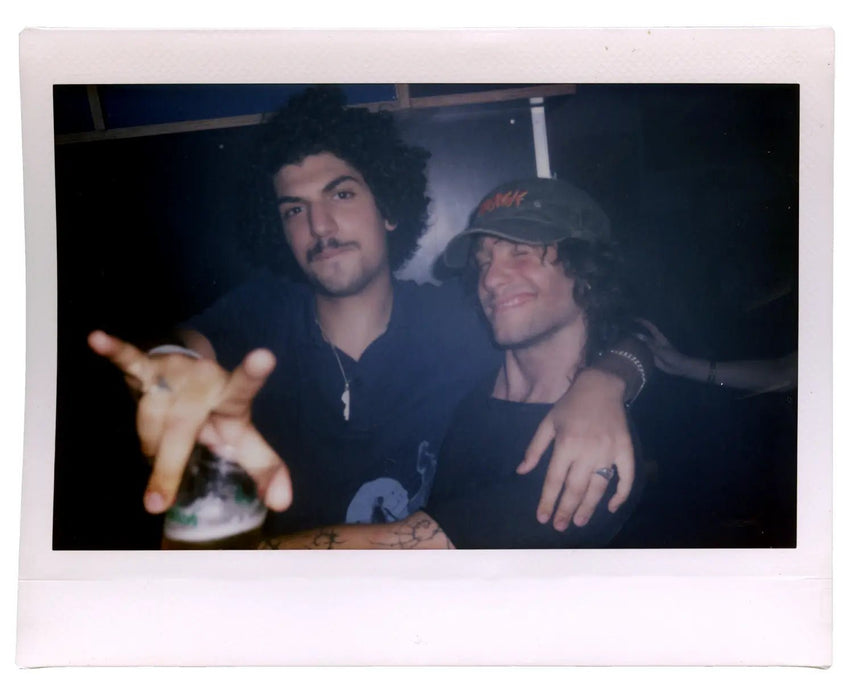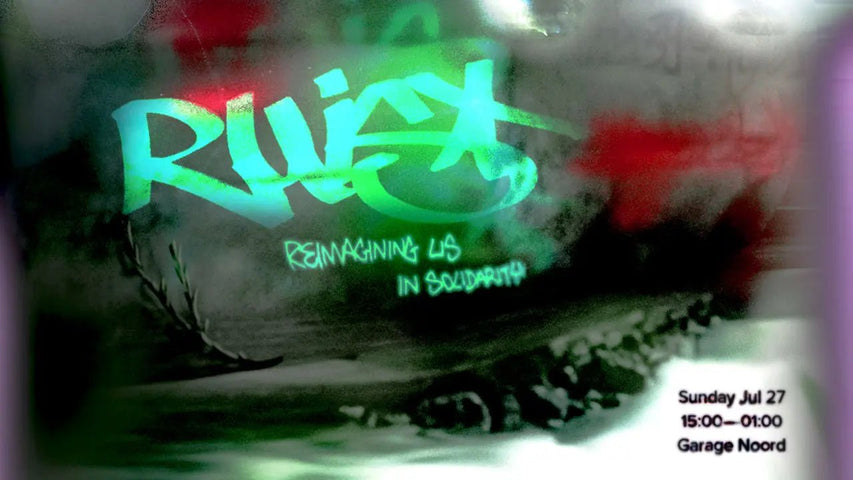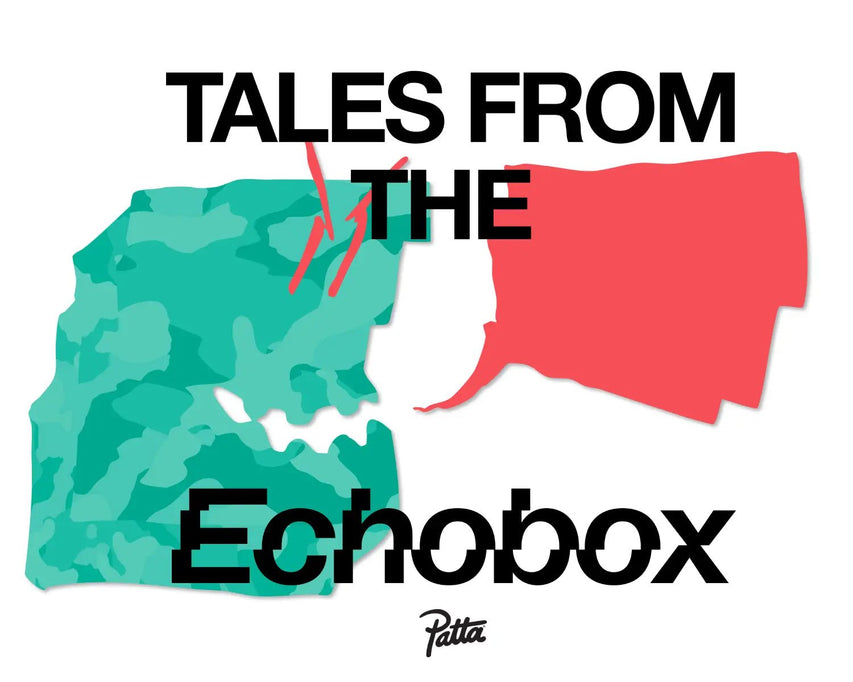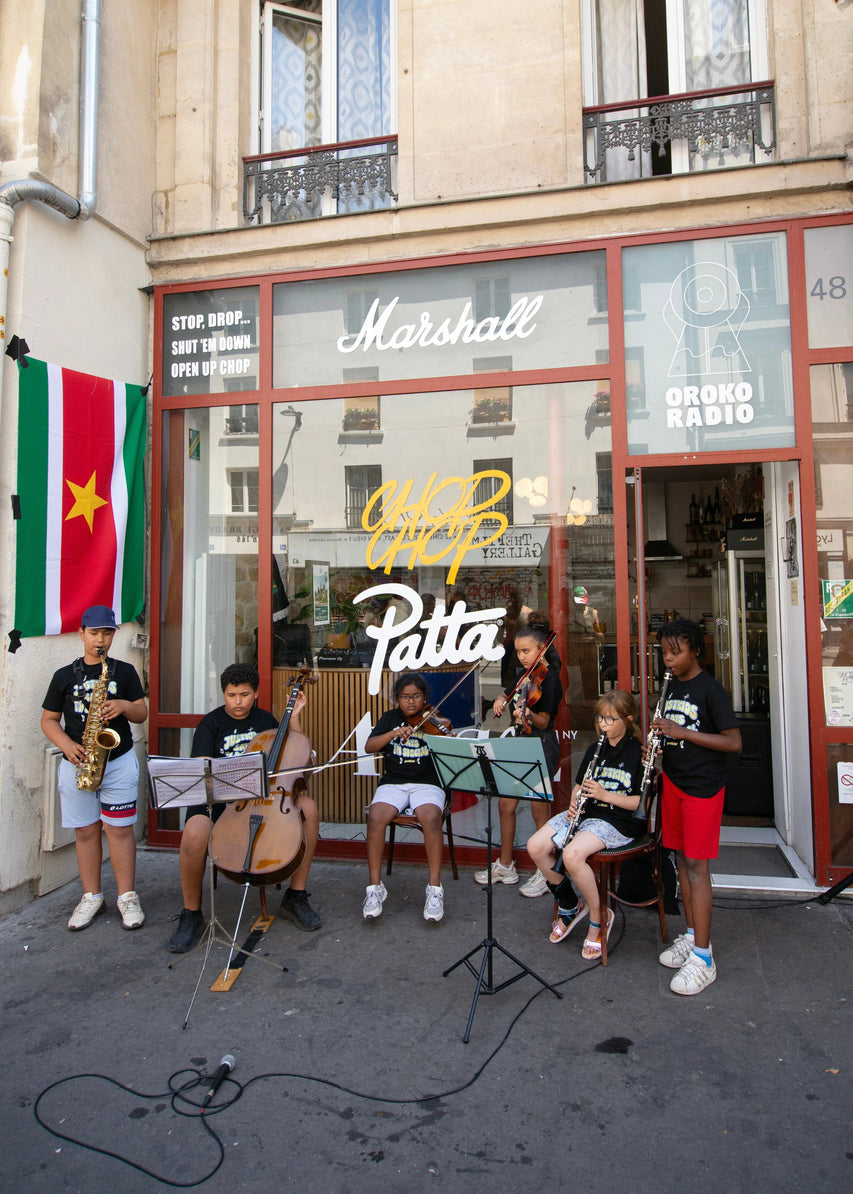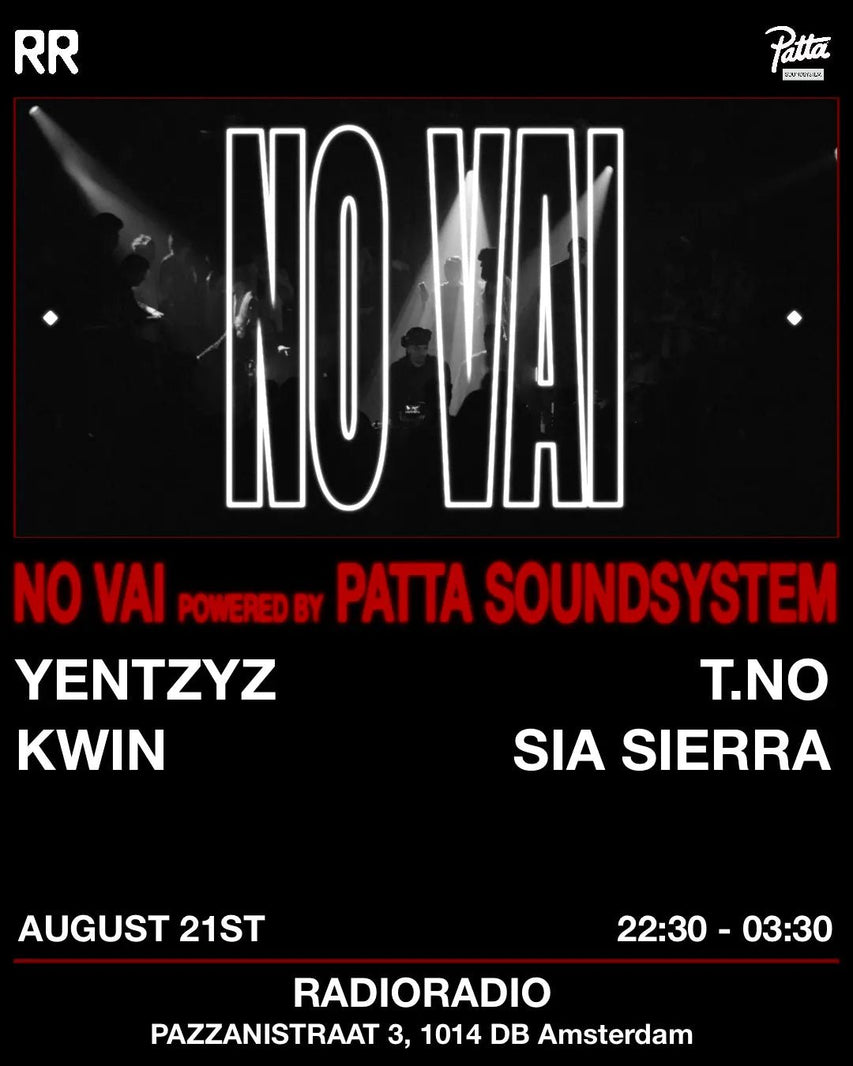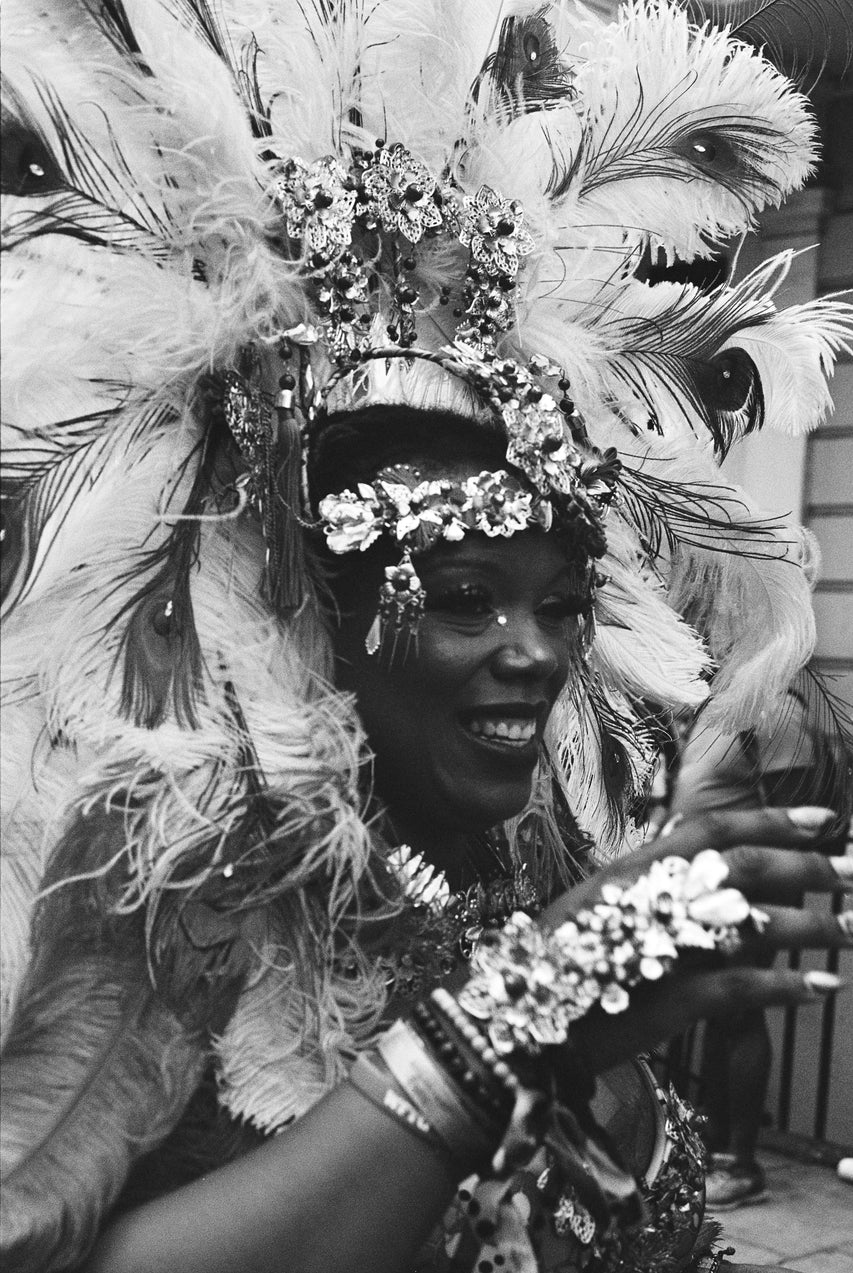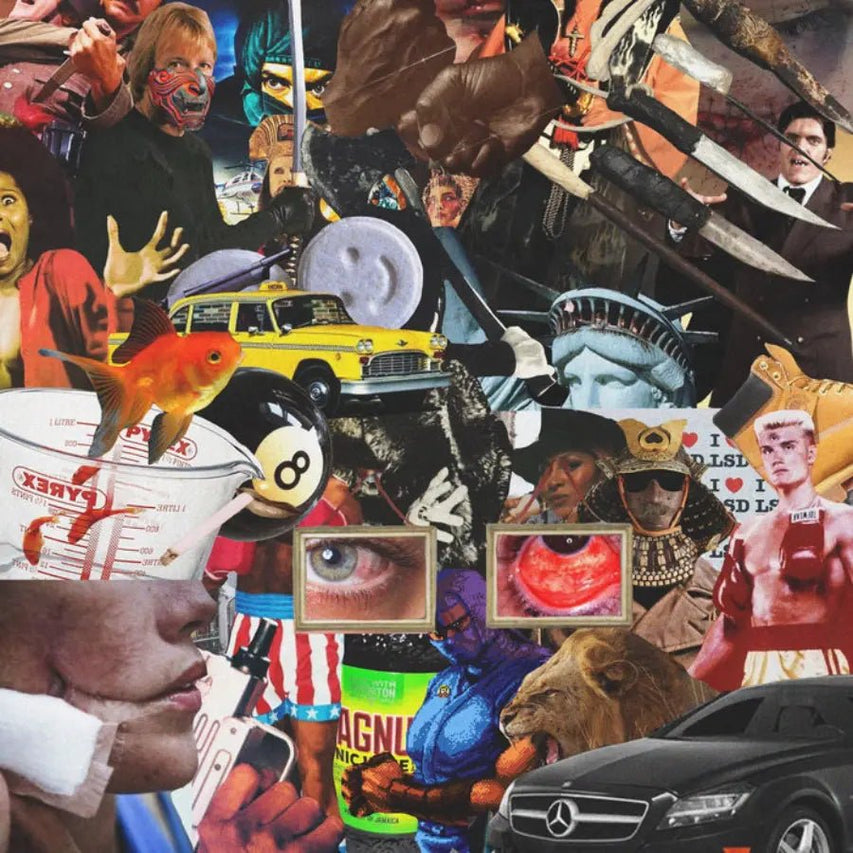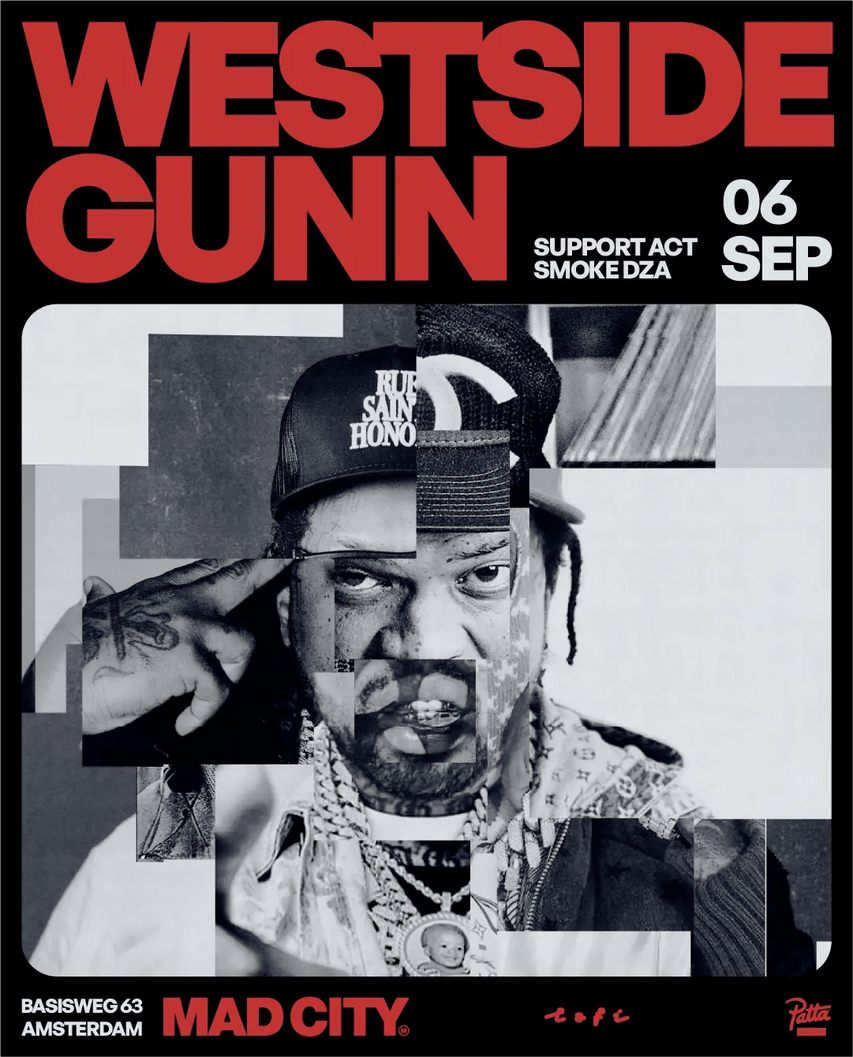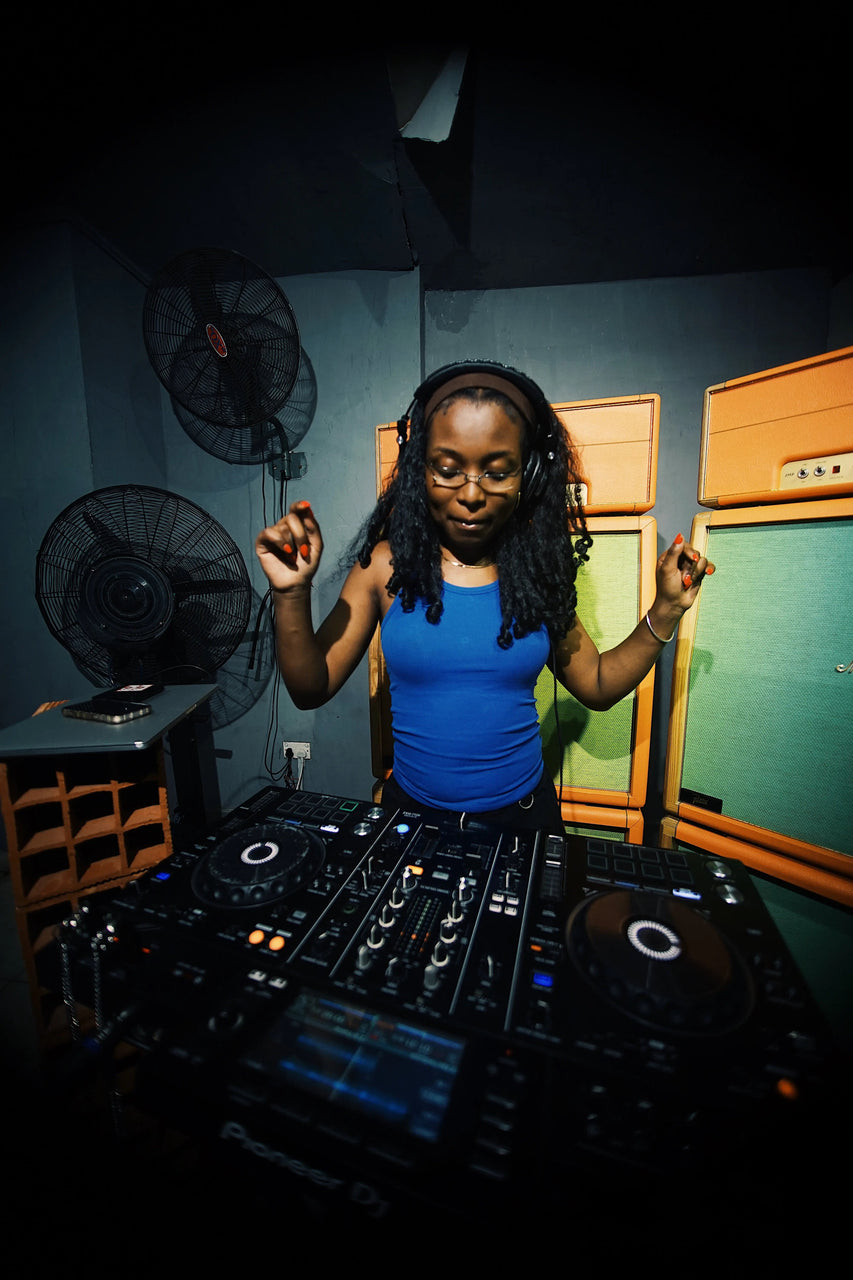
Tales From The Echobox 010
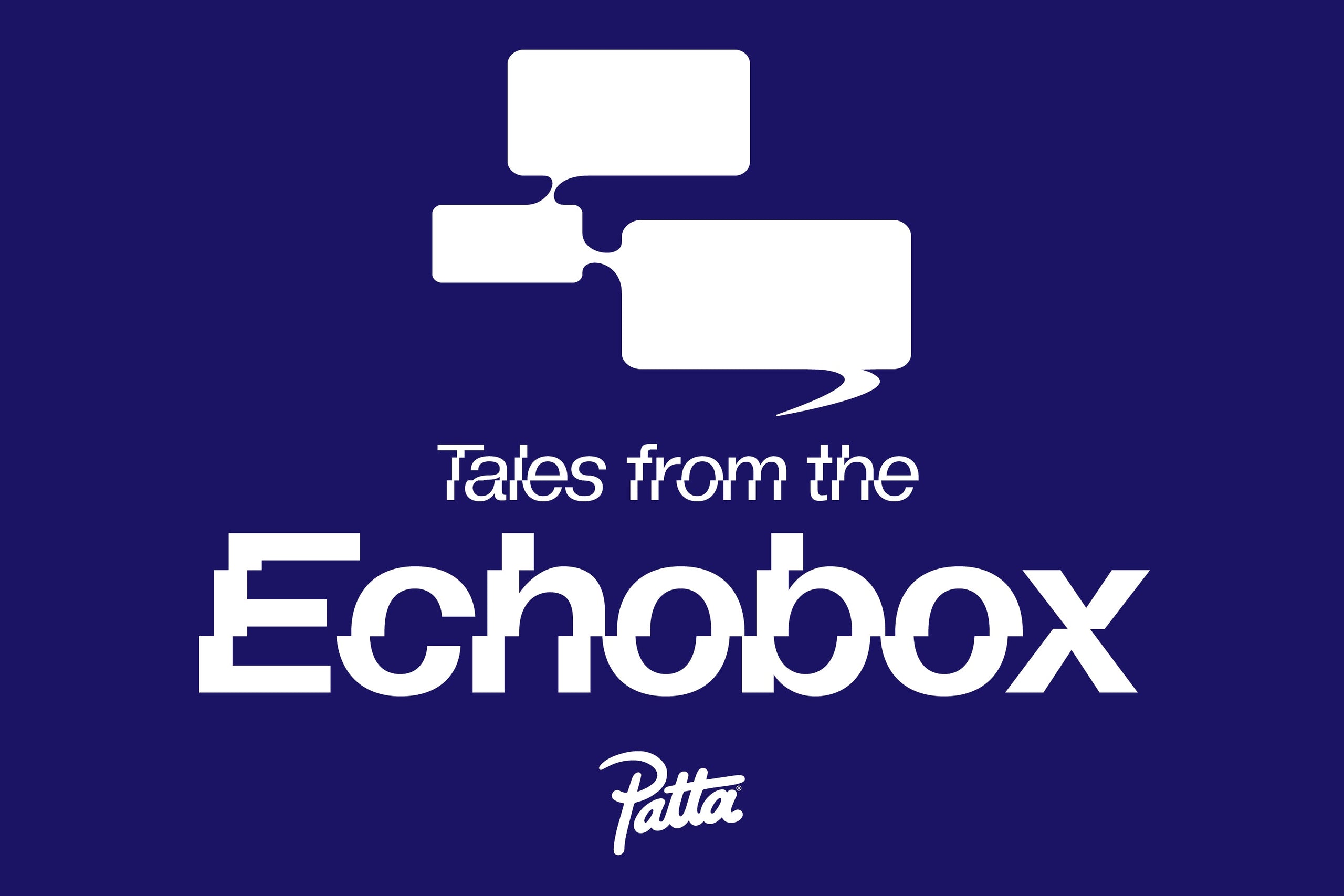
Launching in 2021, Echobox has been forging a path for community radio by showcasing the diverse characters and concepts that surround them. In this feature, we will be looking into a few of the broadcasts that you can tune into so get locked in and don’t touch that dial.
The Mystic Show
You broadcast from an elfish palace in Iceland. What kind of sounds emit from the palace?
Sóley: Yes Indeed.., The sounds of the palace emit harmonious melodies and rhythms that excite the soul that come from sensitive and breakable instruments; soft and hard, beautiful and ugly, and righteously so because of their nature and the nature.
Iðunn: Yes, very true. Also, seeing as elfish palaces are solid rock, you can hear muffled grunts from the elfs as they try to move inside the palace.
On that note, what kinda decor do the inhabitants of the palace enjoy? Is it only elves living there or are other beings allowed in too?
Iðunn: The decor is simple, elegant and majestic to the point of being scary. Absolutely no IKEA. It is mostly elves, the occasional human child that gets swapped for an elf and, of course, the over-imaginative adult humans that chose this spot for a radio studio.
Sóley: The decor for me would remind me of the inbetween-ness of natural things, a macro close up shot of the rocks and grass. So in my mind, deep stark dark blue walls, moss green sofa and, coffee mugs, and most important, silhouette sleeping quilts and sheets.
How did the two of you meet and begin the Mystic story?
Sóley: Well… there are 3 stories to our ultimate friend story. First, in Berlin with our mutual friend, going to Lollapalooza together. Couple years later, our second story arrives as Iðunn wanted to start a radio station in Iceland, with our mutual friend, and I tag along. That story didn’t last long but me and Iðunn stayed in contact. The 3rd story that led to our ultimate friend story, began with us connecting more that flowed in naturally through mutual friendships.
Iðunn: The Mystic show began with Sóley calling me and asking if I would be interested in hosting a radio show with her, then she showed up at my house with an abnormally large piece of paper- a necessity when sculpting ideas. The concept of the show actually came from Pedro, who was supposed to just hang and not take part, pitched the name “The Mystic Show” and we were sold, it resonated with both of us and felt right. Since then, we both really felt connected to this topic, we enjoy delving into mystical parts of ourselves, through music and meaningful relationships, that we perhaps see on Craigslist.
How do you think growing up in Iceland affected your music taste and aesthetic?
Sóley: I think that Icelandic culture gave us many things. We grow up with large amounts of literature, theatre and vast landscapes from a young age. So perhaps for me, I draw poeticism and theatricality of music in this grand vastness. I feel that, that has always been an importance for me; Lets think of Kate Bush and Björk as my muses that uplifts this big feeling that “ reaches to - the- core- of- my- soul- vastness”; I wonder if these artists actually got it. Our landscapes, mountains covering huge empty areas, of moss, rocks, and little to no trees, reflected my music taste and my aesthetic was reflected in harsh soundscapes and rhythms, broken beats by intriguing artists; the likes of Superficíe, Elysia Crampton, Ship Sket. The imagination flows fruitfully as we see these vast empty landscapes from a young age. So perhaps I draw meaning from that and seek what I desire to fulfill the perfect musical utopia. In that sense for me beautiful harmonies (Think Mandy’s Love Theme by Jóhann Jóhannsson, and Nicholas Jaar’s Ema’s Soundtrack album), and dreadfully eargasmic beats and soundscapes that caters my curation as a DJ in the small scene of Reykjavík. It is all to lighten up and draw more colour of the vast landscape that is woven in my DNA, and perhaps for the others that feel the same thing.
Iðunn: Yeah, I think the unforgiving weather, harsh and vast nature, and long dark winters give us a high tolerance to melancholia. We like to brood, it feels comforting. I believe we have this in common with other nordic countries, maybe especially Finland. I think growing up with these kinds of stories develops an appreciation for the uncomfortable. That reminds me of a song that my grandmother used to sing, the poem is by Davíð Stefánsson and is written from the perspective of an older sibling encouraging their little sister to be quiet, to allow their mother to fall asleep in the dark because: “some people have sorrows, and some people have desires that only come true in the world of dreams.”.
traumgarten
Lounes, you perform under the name Vox supreme: how long have you been doing music? What kind of sound draws you in?
I do and I’d like to start by clarifying the name. Vox means voice in latin & supreme means the greatest/most powerful/highest, so it translates to the greatest/most powerful/highest voice which for me is what music/sound is. I’ve been involved in music since 2014. After an internship in 2013 I realised that studying (this was my 5th study) just was not the way to go for me. So I dropped out, bought my first decks (white CDJ350's hahah) and started practising. I needed to start doing something I loved instead of trying to do something I felt (socially) pressured to do. It was one of the best decisions I ever made! I have a strong preference for music/sound with lotsa basss and strange sounds and also for weird/trippy/otherworldly stuff and love when music/sound is able to transport me into other (imaginative) worlds.
The traumgarten show promises (and delivers) a ‘sonic investigation into music and sound in order to create shared dreaming experiences’ - how did traumgarten get its start and what does it mean to dream collectively?
The show started back in 2017 on Red Light Radio out of an interest to hear artists' music collections outside of the club. I thought it'd be interesting to invite artists to play the soundtrack to their own dreams (or nightmares for that matter - thanks Vladimir Ivkovic for showing that very important side of dreaming). The name traumgarten (which translates to dream garden) comes from one of the paintings by self-taught French post-impressionist painter Henri Rousseau. When reading about Rousseau I learned he became a full-time artist at 49 and was ridiculed by peers for many, many years, because he wasn't doing things in the conventional way. Rousseau was doing things his own way and on his own terms. To me that is what traumgarten stands for, giving overlooked or aspiring artists the same platform as already established artists to pursue their dreams, showing different sides that they want people to hear or see of themselves. Dreaming collectively means collaborating with artists from different disciplines within the arts and creating new exciting worlds together, passionately inspiring one another.
This year you released a V/A compilation called Virgin Forest. Tell us about that.
Back in 2020, traumgarten grew into a label. The pandemic gave me time to realise a long-term dream of mine to start an imprint. Virgin Forest is the third release and the 2nd benefit compilation on the label.I wanted to contribute to society while also doing something I love, which is bringing passionate and talented people together on a project. The press text, written by my good friend Yabbie, says it better than I could:
"From somewhere that is nowhere, traumgarten presents Virgin Forest – 21 sonic renditions of unadulterated beauty emerging from their cocoons for the first time. Insulated from the dogma of mass consciousness, every track is its own unique sanctuary, yielding only to the creative urges of its maker. Our second benefit compilation harvests the dreams of globally and cosmically diverse protagonists, with otherworldly sounds spanning the spectrum, from ambient meditations and percussive tribal fantasia to bass heavy club concoctions and glitched-out grooves. An ode to parallel universes, dormant desires, and all the unexplored paths of our finite existence."
You’ve recently curated an event with all live acts. What kind of qualities and energies are best experienced through live acts? Do you have any more plans to curate more live events?
That was for the concept Moving Downstairs of The Grey Space in the Middle, a cultural space in my hometown The Hague. They invite artists to curate a night of music and this time asked me to focus on live music, for a change. I am not a live musician but I see it as something really special. I believe it is one of the most authentic ways an artist can express themselves. A live act really takes you right inside the creative realm of the artist performing and that is something quite powerful. It's also really personal and intimate, which was tangible during the night. John T. Gast, c00, KOIRI and are all one-of-a-kind artists to me and I was really curious to see how that night would play out. Although challenging at times, I feel people went home having experienced something out of the ordinary. In the future, I’d love to do more live events. it just hits different!
Beyond music, what are some other cultural or artistic works that you feel have a dreamlike quality?
Dancing: I did not have to think twice about that. It’s very much related to music though. One of my favorite people to watch dancing is Gil 'The Grid' which everyone should definitely check out. It’s not only the way he moves but also the idea/reason/concept behind it that really inspires me. He uses movement as therapy and a way of healing trauma which I feel makes sooo much sense. It's a really big part of why I love to do what I do, getting people to express ourselves freely and experience joy, love, healing, be it collectively or individually on a dance floor. One of the greatest moments I experienced was when I was at an event and it just felt like everyone became one, moving as if sea anemones to the waves of sound. it felt like everything was happening in that moment and was about really being in that moment, auto pilot, everything that was supposed to go down, went down. It was both super natural and supernatural.
Dee Dee’s Picks
Dee Dee, your show and website focuses on music from Switzerland. Tell us a little bit about how the show came to be and where its focus lies.
I’ve been actively archiving music and involved in various aspects of careering in music distribution for pretty much around five-seven years now. So eventually after finishing my studies, I wanted to start my own record label but needed a focus, as I don't find putting out music “simply because it is good” fulfilling enough. I was born in Switzerland, and had some of my early childhood spent there, but spent pretty much my whole adolescence in Singapore or living abroad. Having missed various aspects of growing up in Switzerland, let alone being exposed to European culture, I felt it interesting to have a label focus on my own country, which I never really lived in.
The name Dee Dee’s Picks came from the fact that I enjoy using pseudos, and to take focus off of my personal self and focus more on the content. I’m a big “immersive, open world, role playing video game” fan. Since it’s fiction, I usually opt for a female character to contrast my own self. Therefore, the name Dee Dee came from a variation of a series of fictional names (such as Deborah, Debbie, Deiandra) that I gave the female protagonist.
Eventually, after writing so much about releases in the DDP liner notes or talking about my discoveries through Echobox, I realised that I was interested in more than just releases, where my activities translated into journalism, so I opted for a website to archive my Helvetian findings. To give an example, this is presented in the form of interviews with artists from the 20th and 21st century (graphic designers, illustrators, radio makers, musicians, label founders) that I had to further get insight into the Swiss scene.
You dig a lot in archives and work with reissues and so on. What kind of relationship do the past, present and future have when it comes to the musical landscape that we experience today?
I would like to take this opportunity to clarify what seems to be a common misconception in what I do. So far, zero of the releases I did are reissues. DDP004 is arguably one but because I had to redesign the entirety of the album, I maintain that it’s debatable. The content of the other DDP albums were all never released before; some tracks can be found on compilations from various record labels of that time, but the majority (around 95%) are completely original. It’s not to discredit the concept of reissuing, but I am not really interested in doing them. When I started Dee Dee’s Picks circa two years ago, we were fully in the pandemic. For me, it did not make sense therefore to reach out to current artists because nobody was actively doing shows and stuff around that time. Since I want to capture various facets of Switzerland, I figured I'd start from the previous century. I approached said artists first to build a portfolio of content for people to get an idea of what I am trying to achieve. The storytelling aspect is important, I feel, in order to give you context of the Swiss scene. For this reason, now that things are more or less back to normal, the next few DDP releases will be by people who are currently active, some older and some younger than me, somewhat connected to the previous DDP releases which were from the previous century. It is somewhat intentional since I want to make sure people understand I don't only cover the past. I basically have months of content prepared in advance so there is some sort of follow up, whether it is releases or features I am having with various figures. I understand this sounds vague in nature, but I can only suggest you tune in to be aware of the narrative I am trying to drive.
Regarding the past, I am grateful to have worked with artists that were active around 40 years ago. The insights of the scene that they gave me, whether personal stories or perhaps tour anecdotes… Such knowledge when kept at hand, gives you a good perspective and it's interesting because I still see the same scene, characters attending the same venue, filled by different people, but who are adapted to their own period (same clothes, music tastes, political opinions). I don't mean this as a gross generalisation, but it particularly marked me meeting artists I worked with who are now in their late 60s, because behind their physical shell I hear and see the same person from forty years ago, mid twenties to early thirties. Sometimes, when nothing changes, I find it sad, but in this case, it becomes reassuring, in the sense that if these older people are those that I will grow into, then there is hope. Therefore looking at the past and today, some things have not changed at all, and that’s ok.
Regarding the future, I can only hope for improvement. Won’t you find out with me?
Is there any particular piece or collection of music from Dee Dee’s Picks that you have a particular soft spot for?
No. I think it would be the equivalent of asking which one of your children you like best. But I guess in terms of complications and difficulty, I would say DDP004 Mario Scherrer: Squares and Crossings. Why I mention this release is because when I started Dee Dee’s Picks, I knew I would have to wear many hats (accounting, web design, PR, A&R…..) but I never knew I would wear that of being a detective.
I discovered the works of Mario circa August 2020. Being a former music journalist for the Tages-Anzeiger, he released only one album in 1986, onthe Bienne label Calypso Now. The music highly stood out to me due to the fact that at its core, it could be put under the umbrella term minimal wave. Using this genre as its foundation, the album's originality came from the fact that it was inspired by religious themes, Gregorian chants and mediaeval drones. The following months were spent trying to find a person that only released one album 36 years ago. At this point, I only had his name, album title, location & date and the label he originally released on. Whether he was still alive or willing to do another release was unknown at the time, but the origins of Mario and the genesis of this album made me highly determined to find out more. After many social media accounts bearing the same name and location, emails, obscure forums and possible family relatives, I was on the verge of giving up. It was only a year ago that I decided to make one final attempt by contacting a person Mario used to make music with. The person, Priska (his then bandmate and girlfriend) not only knew of his whereabouts, but explained to me that they got married and are now retired in rural Italy.
Since there was little to no footage, I had the privilege to work with a very talented Bernese artist (Linda Meli) to rebirth the physical appearance of the album to better suit the intent and vision of Mario, whilst preserving its vibe and past authenticity.
Now reconstituted (with nearly two years in the making), the end product features; new artwork, the original music provided by Hotcha (Calypsos Now’s label head) gorgeously remastered in toe-curling stereo, liner notes comprising of photos and interviews from Mario and Hotcha along with excerpts of their thoughts of the making of this album from that time period.
I think it’s best if you read the story yourself because it is quite extensive and inspiring. Regardless, I have a soft spot for this personal accomplishment. And I only did all of this, because I thought of an album being “so good”.

